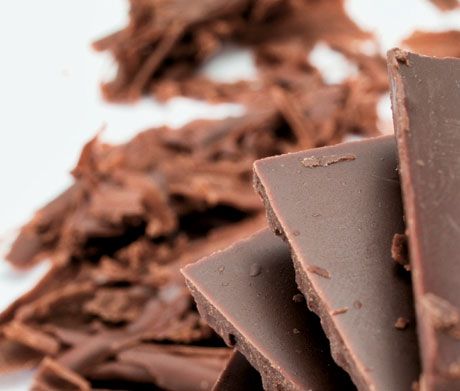Holiday hazard 2: Chocolate
Holiday Hazard 2: Chocolate

Chocolate: We’ve all heard that chocolate can be toxic to pets, but just how much is too much? Chocolate and cocoa contain theobromine, a chemical similar to caffeine that’s highly toxic to dogs and cats. The darker or more concentrated the chocolate, the more theobromine it contains. Therefore, the most dangerous chocolates are baker’s chocolate, semi-sweet chocolate, and gourmet dark chocolates. Dark-chocolate-covered espresso beans are particularly problematic since they may contain large amounts of both theobromine and caffeine.
Milk chocolate contains lower amounts of theobromine. Typically, animals need to consume at least 1 to 2 ounces of milk chocolate per kilogram of body weight before symptoms occur. The amount of chocolate in many baked goods, including cookies, cakes and candies, is often relatively low and less frequently causes serious chocolate poisoning. However, significant gastrointestinal upset—such as vomiting and diarrhea—are common following the ingestion of any chocolate product.
Signs of chocolate or theobromine poisoning include salivation, vomiting, diarrhea, hyperactivity, pacing, tachycardia, arrhythmias, tremors, and seizures. Ingestion of chocolate may also cause pancreatitis because of the high fat content. Breeds such as Yorkshire terriers, miniature schnauzers, and Shetland sheepdogs, along with obese dogs and those on certain medications (such as potassium bromide, azathioprine, etc.) are more at-risk for pancreatitis.